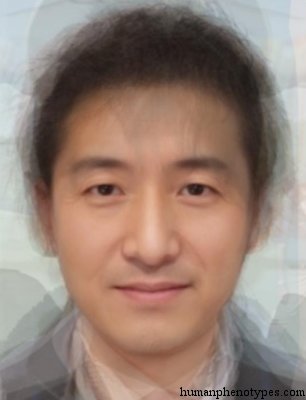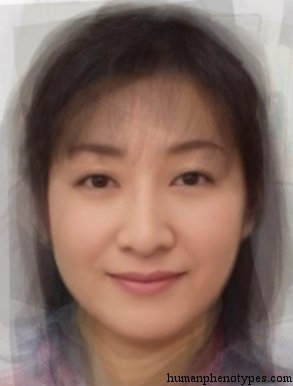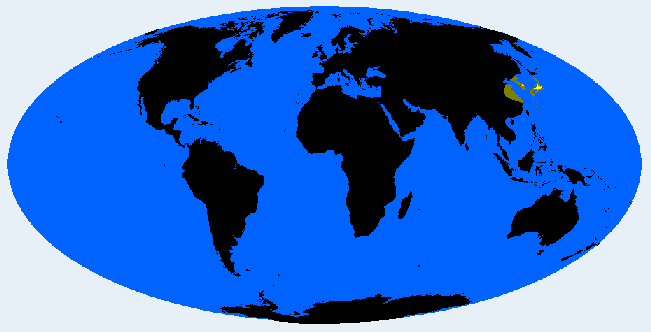Description:
East Asian type that has been associated with the ancient Japanese government and nobility circles. The name derives from yakunin (Jap.: bureaucrat). Shows pseudo-Semitic features and may in blend produce Indianoid individuals. Occasionally found across Japan, although nowhere particularly common. Rare in China, where it may be linked to Tibetid elementsPhysical Traits:
Light to brownish yellow skin with coarse straight to wavy hair. Rather short to medium height, macroskelic and ectomorph. Usually mesocephalic, (mildly) hypsicranic with a prominent, long and convex nose, sometimes with a broad tip. The face is narrow and elongated, the mouth small, and the eyes are almond shaped, sometimes with the Mongolian fold.Literature:
Defined and named early by Weisbach (1878), the name was kept by Ten-Kate (1902), Eickstedt (1944) and others. Klenke (1938) identified it in 6 % of Japanese Olympic athletes. Also noticed by Baelz (1883). Lundman (1967), among others, combined it with Choshiu and noted similarities with Tibetid.






